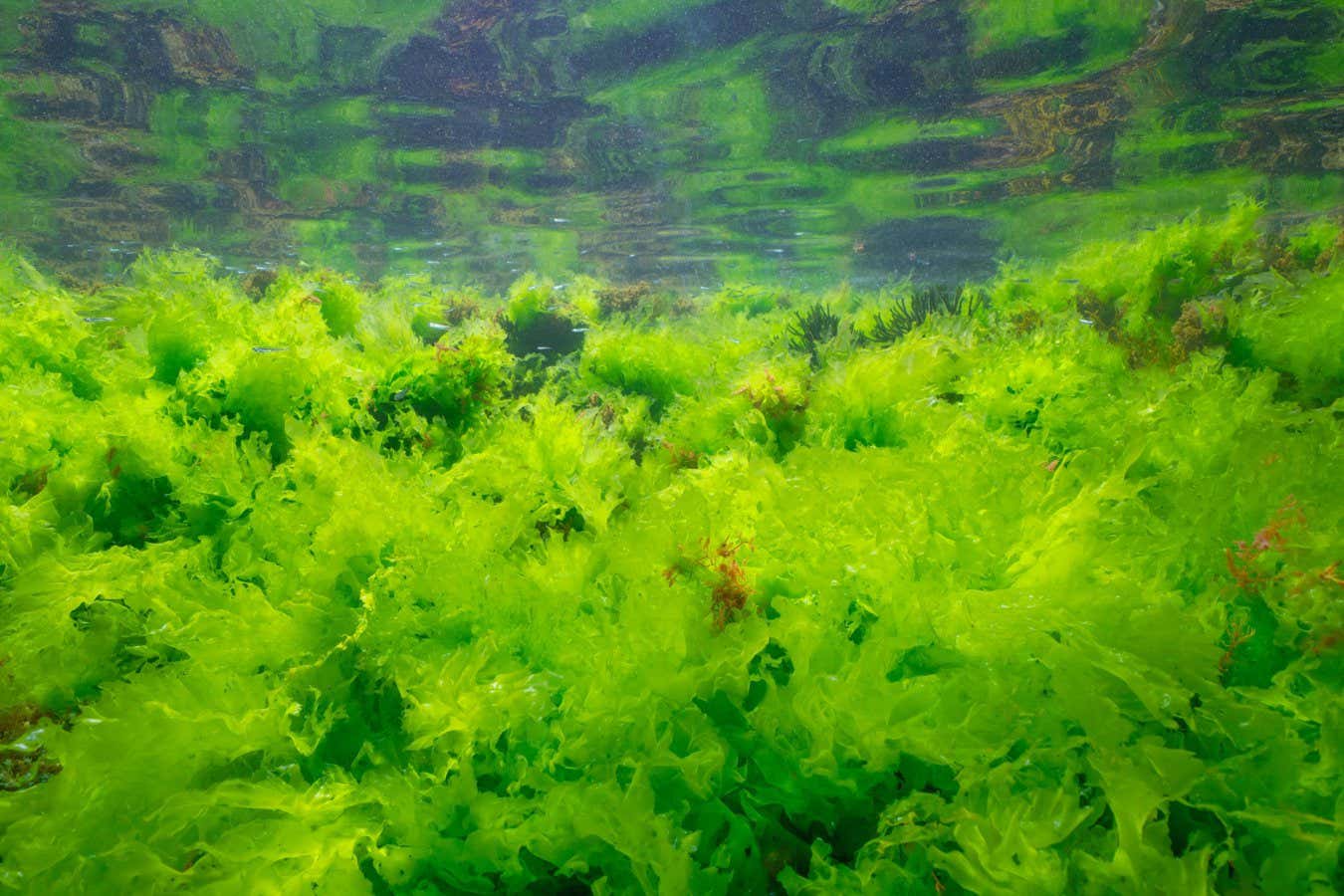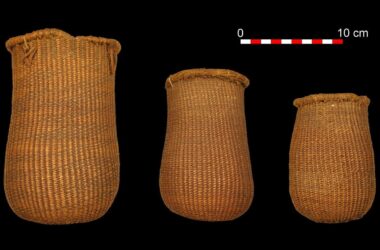For thousands of years, people living in coastal areas of Europe have been including seaweed in their diets, as indicated by traces of algae found on their teeth.
Seaweeds are a diverse group of over 10,000 species that grow near coastlines worldwide. Today, they are widely recognized as a nutritious food, especially in Asia, where around 145 species are regularly consumed.
Karen Hardy from the University of Glasgow describes seaweed as a great food source because it is readily available, nutritious, locally sourced, and renewable.
While there is limited evidence of seaweed consumption in ancient diets, traces of seaweed were found in calcified plaque on human teeth at a Neolithic burial site in Orkney, Scotland, dating back approximately 5000 years. According to Hardy, this is the first time specific evidence of seaweed consumption has been detected in dental plaque.
Building on these findings, Hardy and her colleagues expanded their study to include dental plaque samples from 74 individuals at 28 ancient sites across Europe, including Spain, Portugal, Estonia, and Lithuania.
Chemical traces of seaweed or freshwater aquatic plants were detected in the plaque of 33 individuals. Those buried closer to the coast were more likely to show evidence of seaweed consumption, while inland individuals tended to have consumed freshwater plants.
The results suggest that seaweed and marine plants were a staple part of the Europeans’ diet from the Mesolithic period around 8000 years ago to the start of the Middle Ages approximately 1500 years ago, spanning several millennia.
However, seaweed consumption seems to have declined in popularity in Europe over time. Hardy hopes that this study will help promote a wider consumption of seaweed in Europe today.
Tom Dillehay from Vanderbilt University comments that this study is significant for documenting the early consumption of seaweed, a plentiful food source from the sea. He suggests that in previous archaeological studies, seaweed’s dietary importance might have been overlooked and underestimated.
Insights:
– Seaweed has been part of European diets for thousands of years, based on evidence found on ancient human teeth.
– The consumption of seaweed and marine plants was more common among individuals buried closer to the coast.
– Seaweed used to be a staple in the diet of ancient Europeans, but its popularity has decreased over time.
– This study highlights the importance of acknowledging seaweed as a valuable food source.








